Sony RX 100 Mark III – Perfect Travel Camera?
I should tell you first – why I decided to make this post.
One month ago, we were eagerly waiting for promised Zeiss Batis lenses, here in verybiglobo.com and we were also trying to find any source to get the new Sony A7R MII body as well as few few other novelties.
Unfortunately, Batis didn’t make it into our office till today (really disappointing, because we really hoped to test them), while A7R MII remained untouchable for us…
Therefore we just felt onto silly season, having no real inspiration or subject to write about.
Fortunately I have planned workshop in the Julian Alps, so there was something to look forward, but I wanted to use this trip to make little “real life experience” review of appropriate device.
We asked Sony local PR agency for help us and they offered Sony RX100 Mark III. Oh well… Mark IV was already on the market, and we really hoped to get it or at least new RX 10 MII, probably even FE 28/2 would do it, but nope… All we could get was RX 100 M III.
Knowing how hard local PR agency is trying, how professional and nice they are, we can only blame Sony for not taking our little market seriously enough, and ourselves for not being able to get into Sony International viewfinder. We’ll keep trying…
Sony RX 100 Mark III it should be than.
Because it is not the latest model, this small reflection will be more oriented toward concept of Sony RX 100 cameras in general, rather than evaluation of the image quality of this particular model or its specific features.
How I met Sony RX 100
This was not my first encounter with RX 100 cameras. I briefly owned both previous models – original RX 100 and later RX 100 Mark II.
While I never really needed compact, whenever I passed around RX100, I was strongly attracted by its miniature size, clean minimalistic design and fascinating set of features packed inside. It reminds me of the legends such as Motorola V3 Razr, Original Apple McIntosh or Swiss Army Knife.
When I bought first model however, I realized how difficult for me is to shot using only rear LCD and I sold it right away.
Then I tried again when Mark II appeared, but probably for the same reason I didn’t use it much, so it had to go as well.
Finally, when Mark III, with built-in viewfinder was announced I… probably lost initial excitement and decided to wait till the prices go down. When that finally happened, mark IV was announced…
Borrowing RX 100 Mark III from Sony, was therefore great opportunity to check, should I consider mark IV or there was more beside EVF, that forced me to sell my models earlier.
After few days of intensive use on location, here are my impressions…
It is sexy!
Orthodox gear-heads would simply fall in love with the look and build quality of this little gem. Remember Canon Ixus? Sony RX 100 is in the same design league but at the same time it has much more technical novelties, bells and whistles that makes us (orthodox gear heads and gear addicts) so thrilled.
Little knobs and buttons, all manufactured at tight tolerances from high quality materials, Zeiss lens, high resolution LCD that can twist 180° for all those selfie(sh) maniacs with short and long sticks (BTW it is useful also for ladies who forgot their pocket mirror, to fix make-up as well as for shooting celebrities on the nudist beach, pretending that you are just taking selfie…), cold and solid aluminum body and then that pop-up EVF and flash – makes it just as what Transformer Primus Optimus is for our kids. (Well I probably play with Primus more often then my 7 y.o. son, but that’s another story.)
If you believe in technical art and if you ever tried to have sex with your shiny toaster, you’ll certainly fall in love with RX 100, no matter which model you choose.
It is handy!
Your smartphone is smaller, but almost anything else around is bigger. Compact size with top technology inside, is the main selling point of Sony RX 100. I actually don’t really understand, why people are so attracted with small mirrorless cameras when they anyway can’t put them in the jeans pocket? Does 200-400 grams really matter, if the camera has to be carried in the bag? Think of Sony A6000 with its kit lens. It is small, but you still can’t put it in the jeans. (If you can, you probably need to buy smaller confection number next time, or to find some fashion advisor). And now, think of Sony A6000 with 16-70 f/4 lens.
Sony RX 100 is a real pocket camera. However, this is true mainly for the original version I. From version II, RX 100 started to grow up and it ends with a slightly fat figure of 41mm (in comparison to original 36mm) wide. You can still put it in the pocket of your pants, but shirt pocket will already be a bit of the problem (also due to the increased weight).
But still, Sony RX 100 is small, very small, while feature loaded camera, that can satisfy not only occasional photographers, but also advanced enthusiasts and professionals.
What it can do better than iPhone and what lacks from mirrorless interchangeable lens cameras.
It all depends on what you expect from your camera, or what kind of images you are after…
Let’s face it – vast majority of photographs are made today with smart phones. Even more of those photographs, will never see printer and will proudly contribute to endless exhibition of our beloved social networks.
Sony RX 100 camera will allow higher image quality and most of all – versatility to capture moments of importance.
First of all, there is a lens with an equivalent range of 24 – 70mm, and second – larger sensor that have better SNR than those in smart phones, which should allow better IQ in low light conditions.
On the other hand, while Sony RX 100 M3 is really small, smartphone is even smaller and is always with you. This puts RX 100 in the kind of a gray zone IMHO.
It is not likely that you will carry Sony RX 100 everywhere with you, like you do with your smartphone, and if you already plan to take some better IQ shots, you might as well take a little larger cameras, such as Sony A6000, Nikon V1, Sony RX10 or Olympus/Panasonic MFTs.
What I am trying to say is, that with main selling point of Sony RX 100 being high image quality in compact package, compactness is still lacking behind smartphones and image quality… while very good, it’s not as good as A6000 e.g.
At the end, as with any other photographic equipment, it is all about priorities and compromises. RX 100 M3 is not an exception in that regard.
RX 100 – Perfect travel camera?
Posting this question in the title of this post, I have to look for the answers reflecting my needs and style of work.
For me, it can serve two purposes:
a) for short trips, it can be just an all around compact camera, with the potential to take some high quality landscape images, if the occasion arise.
b) for longer trips, it can serve as visual diary, snapshot machine that is always ready to react and doesn’t pick much attention.
To test it, I took the camera with me, for a 3 day photo workshop trip to Julian Alps, together with my Sony A6000 with SEL 1018 f/4 OSS and FE 70-200 f/4 G OSS.
Here is a little summary of my findings.
Disclaimer: Everything written here is related to my style of shooting and my particular needs.
Image quality:
At ISO bellow 800 image quality is very good. It is almost comparable in similar condition/composition to Sony A6000, at least for most screen purposes.
Take a look at a brief comparison between two cameras. (Nothing scientific, just trying to take similar shot with both cameras at best settings for the situation)
If we push ISO above 800, I can see noticeable drop in dynamic range and increasing noise. This is to be expected, considering sensor size.
At 1000 ISO, image can still be used for most web based presentations, but at the pixel level, quality is decreasing rapidly.
At the base ISO however, shadow pull out latency is outstanding, just like with other Sony sensors. Bellow are two images – first is underexposed RAW and second is same image processed with pulling up the exposure for over 2 EV and shadows at + 50%.
Handling in the field:
I believe that for people who are used to compose and shot using real LCD screen, RX 100 will be pleasing to use. Unfortunately, for some unknown reason, my creativity drops tremendously if I am forced to compose using screen instead of viewfinder. It probably has something to do with the sheer focus on the framing and composing, and elimination of the distracting surroundings. Anyway, I need to use viewfinder for my shooting style.
Sony engineers deserve huge respect for the way they incorporated EVF into RX100 body, but for permanent use I found it rather annoying, because of the 2 steps engaging process.
I believe that viewfinder was designed for occasional use and it wasn’t intended to be used permanently. For me, it was rather big letdown, because whenever I wanted to take an image, I needed to press the button for EVF to pop-up and then to hold the camera in one hand, in order to pull back the eye piece with the other hand…
Buttons are small but I didn’t have problem to use them. I can’t imagine however to use this camera in winter gloves. That would be mission impossible. For this type of camera I will really welcome touch screen and I don’t really understand why Sony didn’t include it.
Otherwise I didn’t have much problems to set-up the camera, because I am already using Sony E mount bodies and RX 100 has similar interface.
For those who encounter Sony UI for the first time, I can only advise to train on Playstation prior to the purchase. Seriously, if you are coming from Canon or Nikon, expect to spend quite some time until you’ll become familiar with – where is what.
On the other hand, you will certainly be less conspicuous than those CaNikon boys with a sexy small RX 100.
How Swift is RX 100 Mark III?
If you know how to just point and shot using rear LCD, it is fast enough. In many occasions I just turned around, lift it from my jacket pocket, switch it on and took a snapshot. Not that many were keepers though, but camera did OK, it was my problem with composing at the arm length… (You probably won’t believe me, but I found myself putting camera LCD straight on my eye, before I realized that I need to pop-up viewfinder.)
Auto focus is also OK for most uses, which you might experience on a standard tourist trip (meaning most of static subjects), but it is not blasting fast as one would desire.
Rowboats were ok to track 🙂
Running dogs usually won’t be…
Beside the speed of AF (there is only CDAF), there is also problem with focusing area. In the wide zone, camera will often focus on the background instead of the subject in foreground and using selective AF is rather clumsy and time consuming.
Mounting camera on the tripod was easier and worked better than I expected (because of the very tinny base).
Using self timer was most convenient way to prevent shaking on the tripod, but when tripod wasn’t possible, image stabilization did very impressive job.
Bellows are few images taken at rather long exposure times hand held:
1/30s
1/20s
1/15s
and even 1/8s
In this regard, Sony RX 100 M3 was very convenient to use. I could keep it in most situations in my favorite A mode with ISO between 100-400 without need to worry about shutter speed.
For moving subjects I needed to switch on S mode though.
Features:
There are lot of useful features in this small body, and if that is not enough, there are Playmemories camera applications that can be installed additionally. (If you live in one of lucky countries that was acknowledged by Sony, which are only few… otherwise you can forget about applications or find some alternative way to install them – illegally.Sony should reconsider this policy IMHO.)
One of the great feature for landscape photographers is built in ND filter.
ND filter is my bread and butter in the field and I can’t imagine shooting landscape without it. Because there is no filter thread on the lens of RX 100 Mark III (there is accessory ring that can be glued on the front of the lens though) I found this feature very useful. While it can’t give you more than 2-3 EV stops, even that can really help in some situations.
With A6000 and my LEE ND filters I managed to get much longer exposures, but results are not so much different as one would expect.
Another Sony feature that I get used to and really like, is Sweep panorama. While it allows only JPEG output and final image size is rather limited, I still like to use it from time to time, when I need informative, fast to make panorama shot, or when I want to scare my friends with a sound of machine gun).
Implementation of Sweep panorama in RX 100 Mark III is same as with other Sony cameras – easy and straight forward. You stand with legs stretched to improve stability (try to twist one foot on the leg which is in the rotation direction, to improve smoothness of rotation.)
Hera are two of those – panorama snapshots.
Few other notes:
While I understand the need of collapsible zoom with collapsible lens cover, I don’t like it.
It looks too fragile for my liking. Indeed it happened few times that blades which serves as lens cap when camera is switched off, ended slightly sticked and didn’t want to open when I restarted it. I needed to carefully touch them by finger in order to open the lens.
Battery life wasn’t bad as I initially expected. My A6000 batteries (they are older and have more recharging cycles though) lasts actually slightly less than RX 100 battery. Considering the power zoom and smaller battery capacity, this is very good energy management.
However, if you want to use camera without limitations, you will need 1 or 2 spares for heavy daily use. I would also appreciate if Sony starts to deliver wall charger with camera again. Recharging battery in camera should be emergency practice and not regular behavior IMHO.
Lens is fine, but nothing exceptional. there is quite some purple fringing in back lit situations, distortion at the wide end could be smaller and I would like to have wider end than 24mm equivalent (but I understand limitations of the design).
I also didn’t find pleasing to use RX 100 Mark III for macro shots. You can get close to the subject at the lens wide end, but not so at its long end (where it would make more sense). This makes subject isolation problematic and I basically ended up without keeper from several macro flower attempts.
My biggest complain however is lack of GPS. I would really welcome easy geotagging for the images from this camera, because it will widen up the usability range, allowing me to map and remember locations. I can also imagine lot f usable features related to GPS, such as light tracker, star tracker etc.
Conclusion:
After I returned RX100 Mark III to PR agency, I had a chance to try Mark IV. Mark IV improvements are mainly about processing speed, but otherwise both cameras looks very similar and image quality is similar too. For a while I was tempted to buy new model, but than I made absolutely unexpected decision (for me at least) and I bought Sony RX 10 Mark II instead!
Main reasons why RX 100 is not camera for me…
If I don’t want to carry large camera, I am more likely to stick with my iPhone. It has GPS and it can serve as well as my visual notebook while being much smaller and lighter.
If I want to carry small camera, Sony E mounts are small enough for me. I can’t imagine to carry RX 100 in my shirt pocket (it is too heavy for that) and I don’t carry cameras in my jeans.
Collapsible lens zoom is too fragile for my usage. On top of that, I would like to have at least basic weather protection.
I would like to have standard filter thread instead of glue mounted one.
Who should consider RX 100?
Former compact camera users
If you used compact cameras in the past and you want to improve your photography without changing your shooting style, RX 100 is probably best option right now. It will give you all those creative options that you might want in a small and compact body that you were used to have.
Those who admire design and style
will simply love RX 100. It is recent technological wonder in terms of construction, build quality, design and features. You can take it on company meetings, travel weekends, fancy dinners, and no one will question your taste. (Unless you wear socks with sandals.)
While there are much more capable cameras for low light levels, typical for night parties, theater, concerts etc., only few can come as close in terms of balance between low noise, size and style. (Yes, there is built-in flash too.)
Travelers and tourists
who doesn’t travel because of photography, but wants to have quality and versatile device to capture monuments, architecture and landscapes. I can imagine to travel only with RX 100, especially if I would have to go to the places where public exposure of photographic equipment is equivalent of tickling tiger with a bamboo stick.
Enthusiast and professionals
who are looking for capable and compact back-up camera and visual notebook that will be always nearby. The only caveat is the ability to use mainly rear LCD instead of viewfinder if fast reaction is needed. If that is OK with you, and you don’t need geotagging, RX 100 might be one of the best options there.
Families
who need high quality compact camera for occasional use. I won’t recommend it for running kids or dogs (snails and turtles are OK), but for most other purposes it should serve fine. From birthday parties, to selfies, each family member will find something great about it.
Which RX 100 is best for you?
If you are not sure about the concept of Sony RX 100 cameras, or if the size and weight are most important, you should look for original RX 100 Mark I. It is smallest and recently cheapest RX 100 (if you can find some old stock) and it still delivers 99% of IQ of later models.
For those who want the ability to use external accessories such as EVF e.g. (which is by the way more expensive than camera), or who need WiFi (not particularly well implemented), RX 100 Mark II should be better choice. It also offers back illuminated sensor, but difference in IQ in a real life isn’t that significant. RX 100 Mark ii is also somewhat faster and AF is marginally improved too.
RX 100 mark III is clearly the choice for those who needs occasionally EVF and at recent discounts it might be overall best bang for the bucks.
Finally, if video and speed in general are priority, RX 100 Mark IV is a clear winner. Ability to shot video in 4K at 30 fps, implementation of S-Log2 and image styles, high frame rate and improved EVF, puts Mark IV above its predecessors, but so does its significantly higher price.
And why did I buy RX 10 Mark II?
Oh well… If I find out, I’ll let you know 🙂
Sony RX 100 Mark III sample images
To help this page survive, your donation will be highly appreciated.
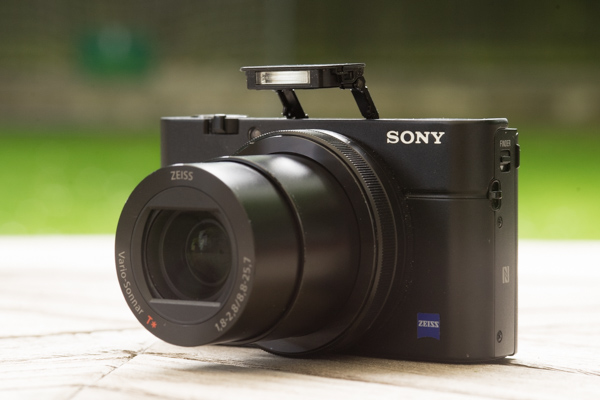
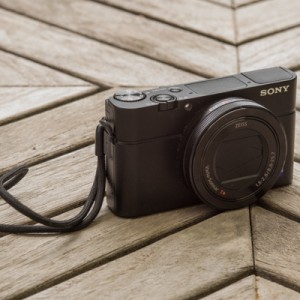
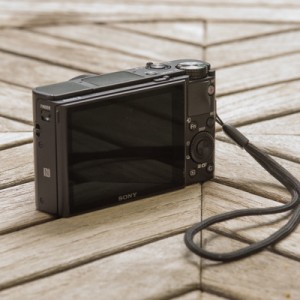
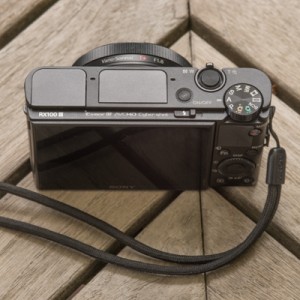
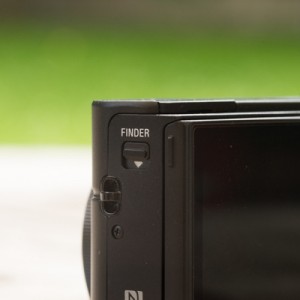
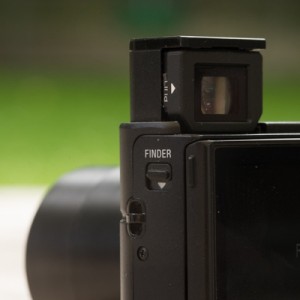
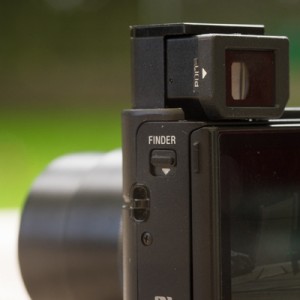
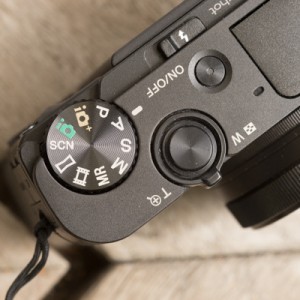
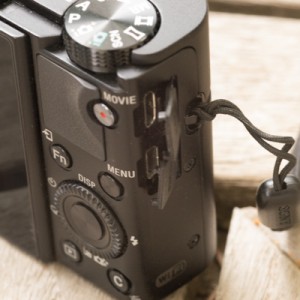
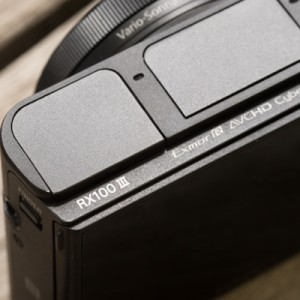
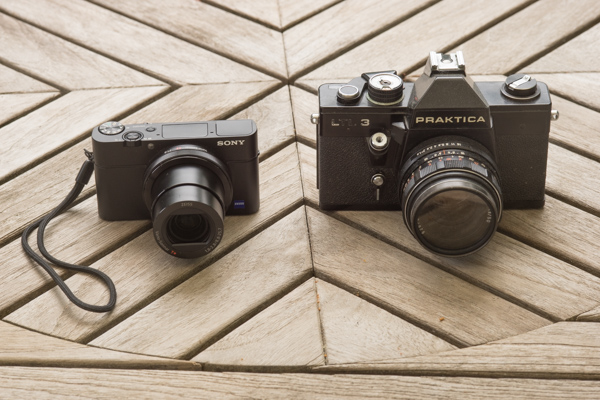
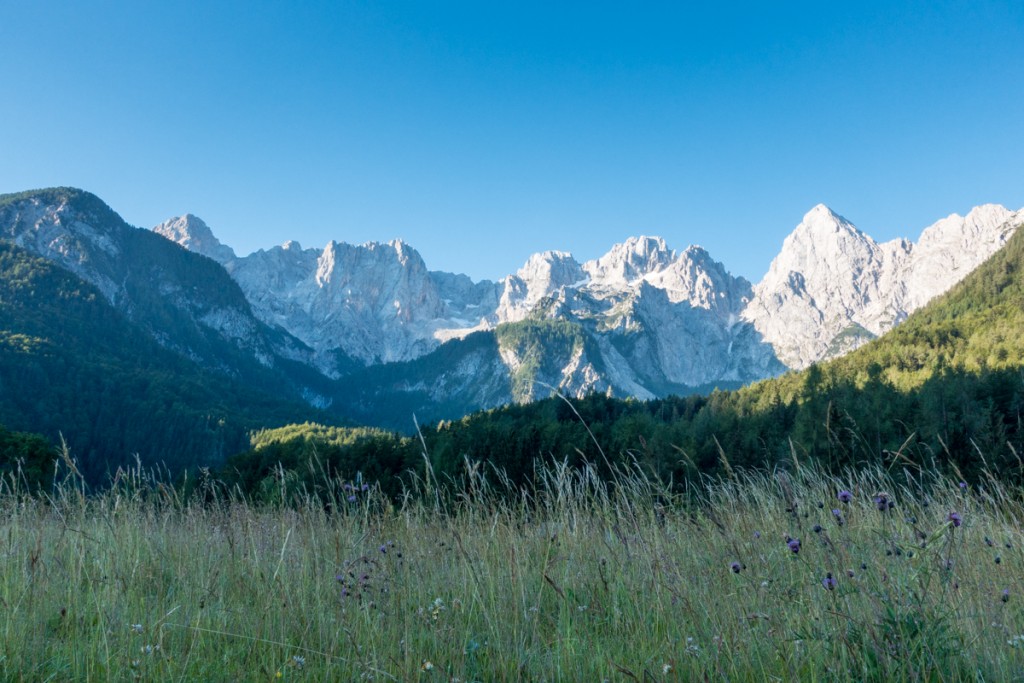
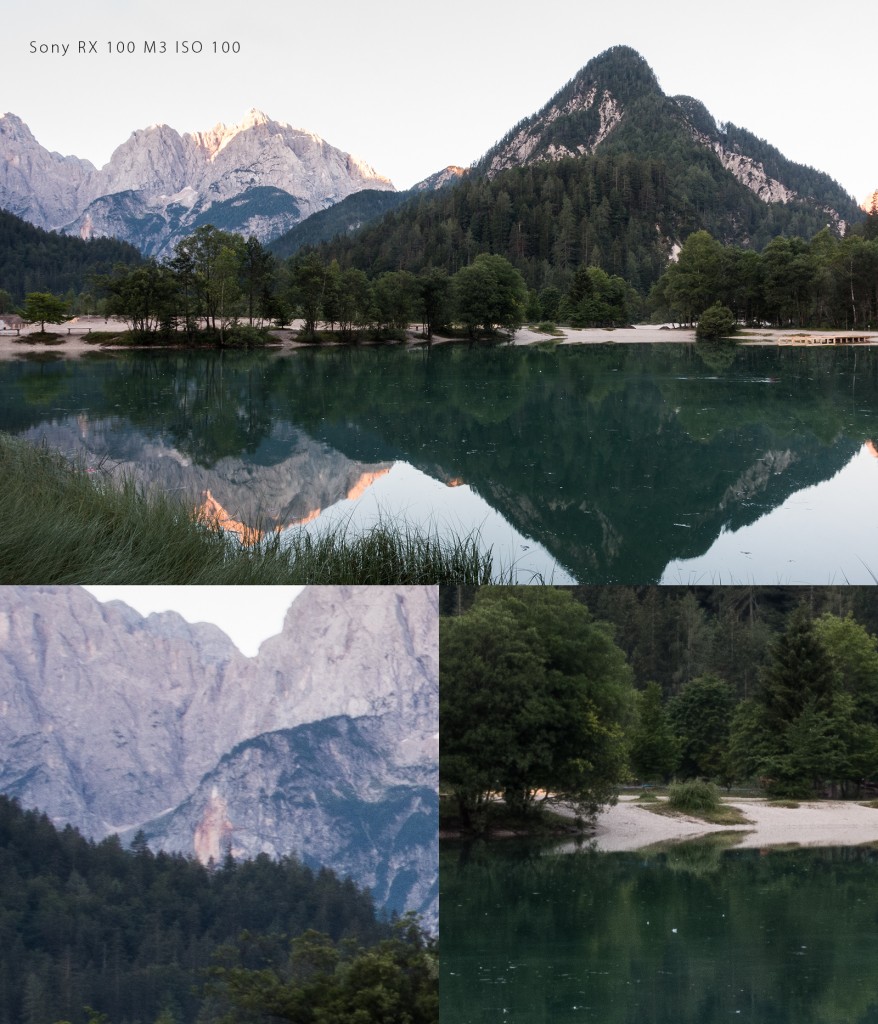
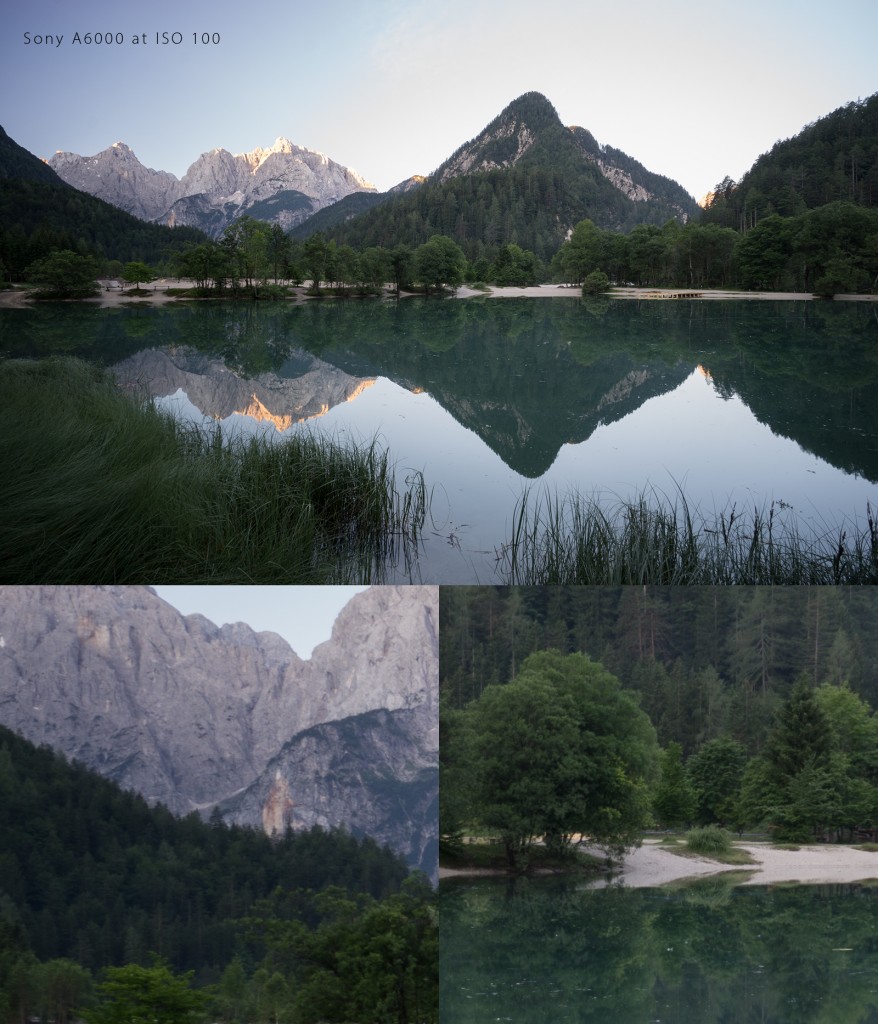
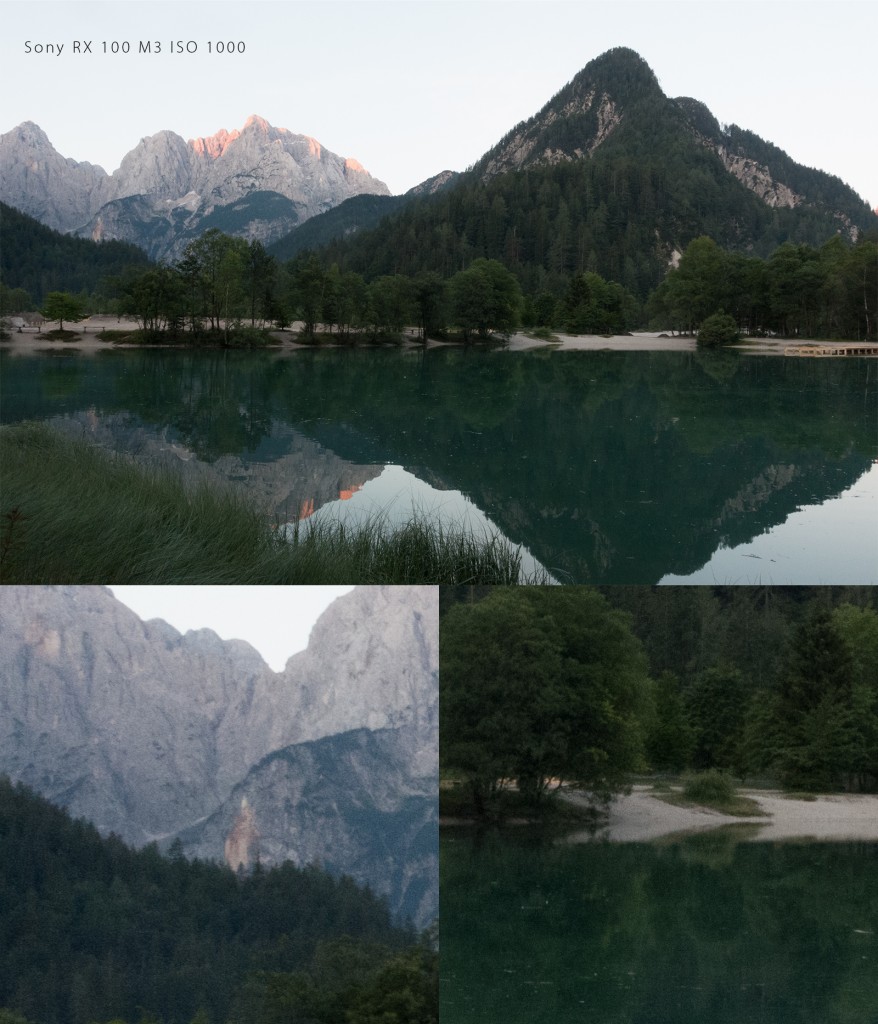
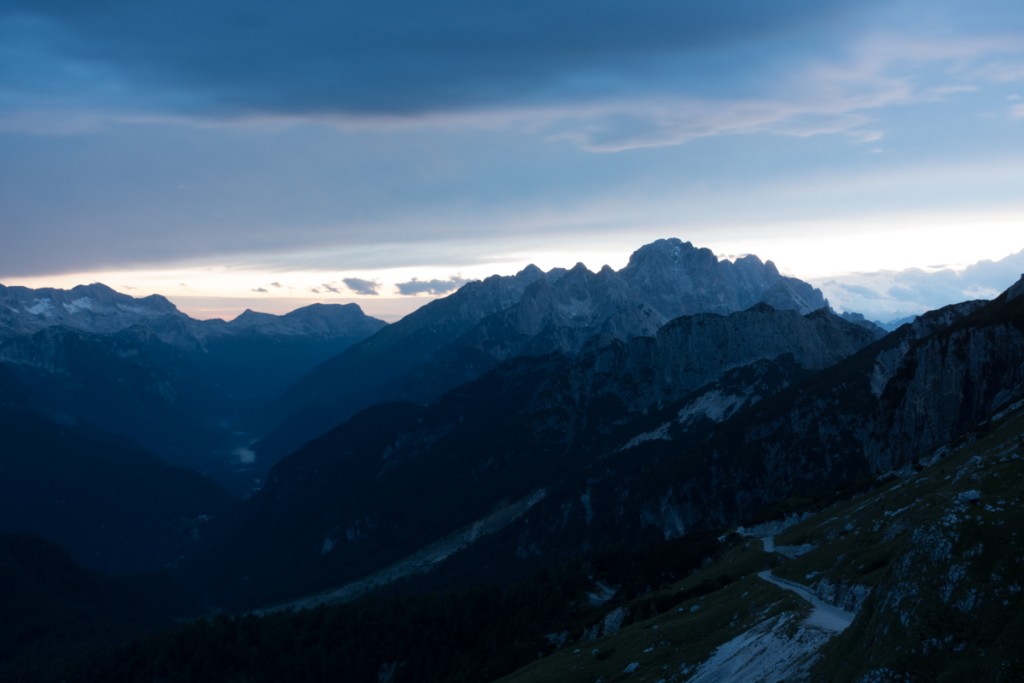
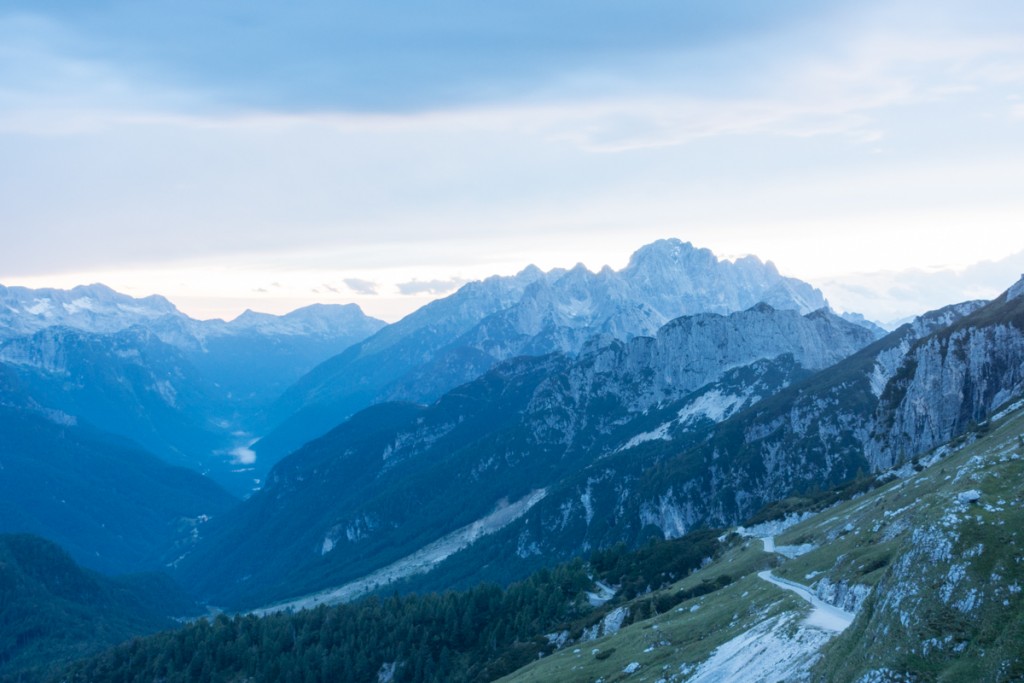
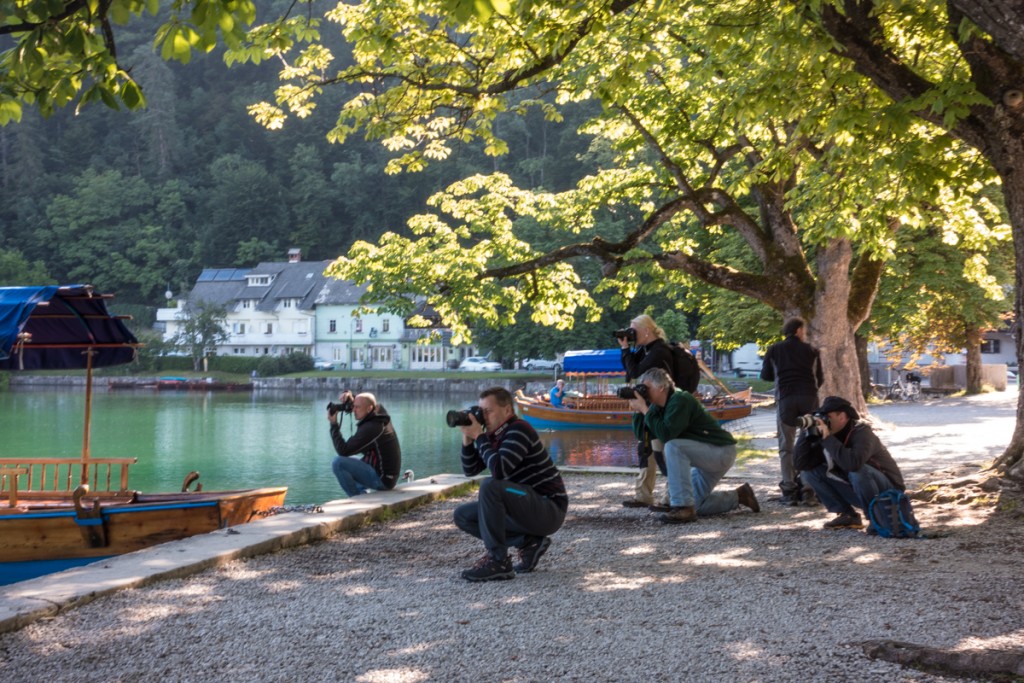
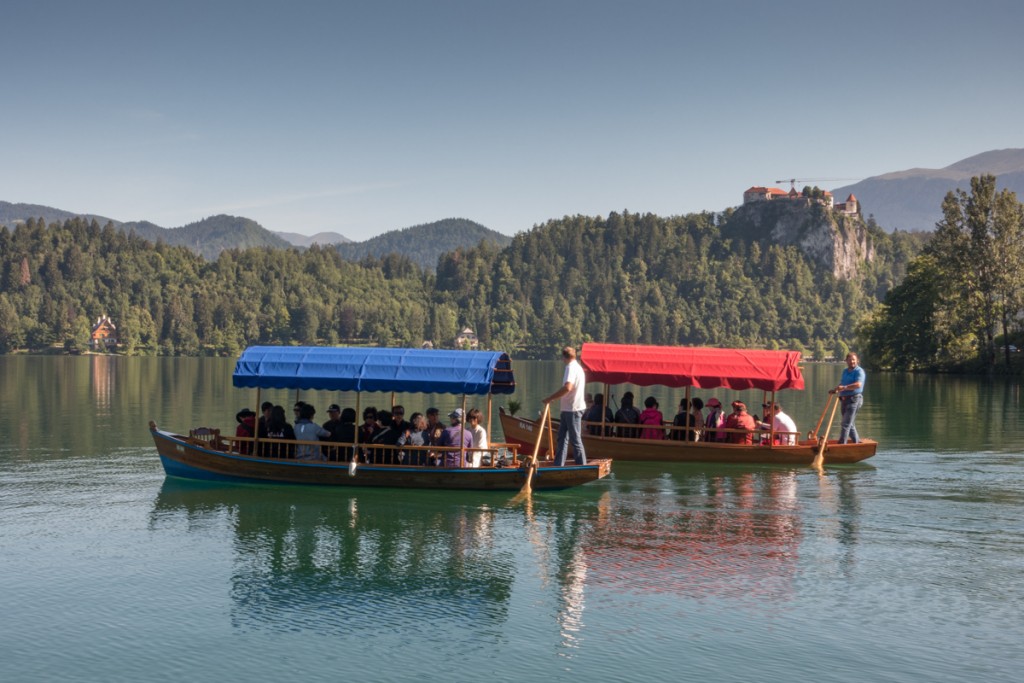
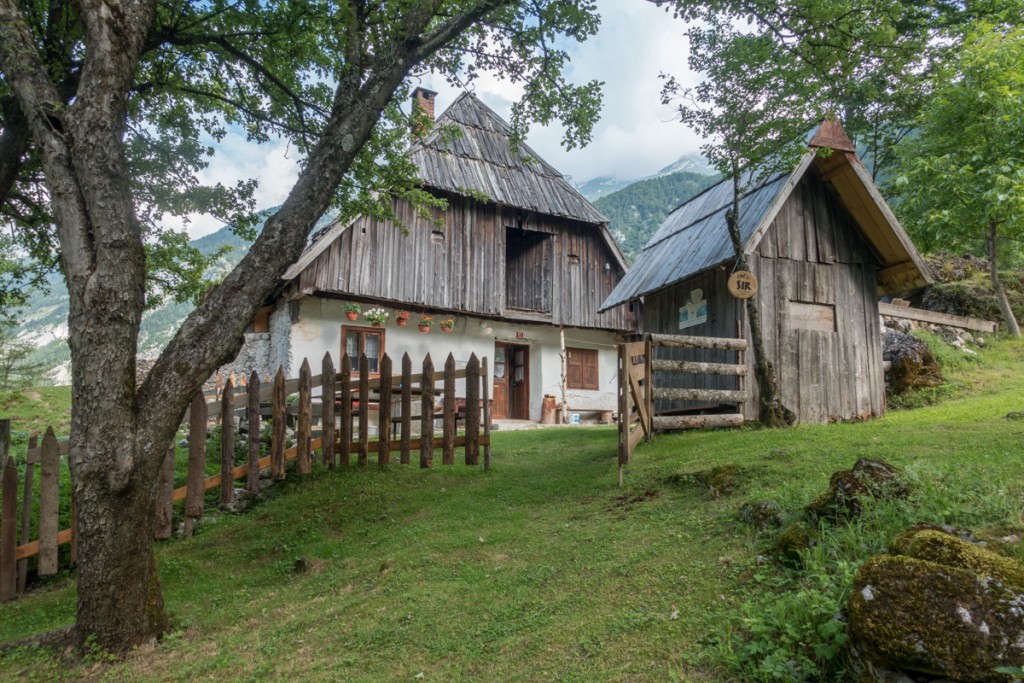
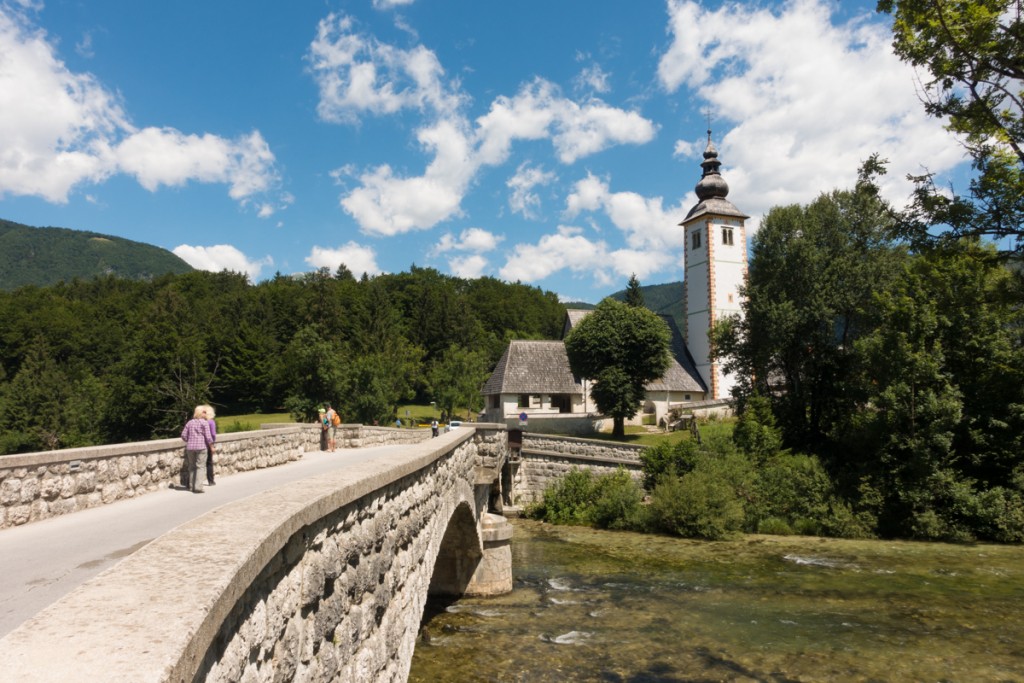
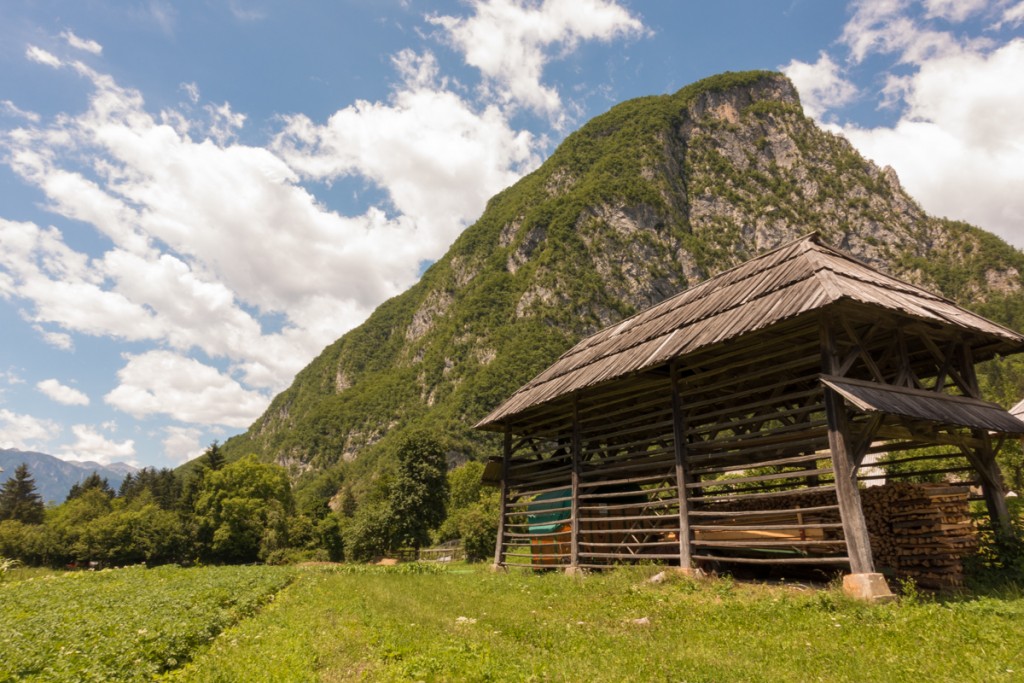
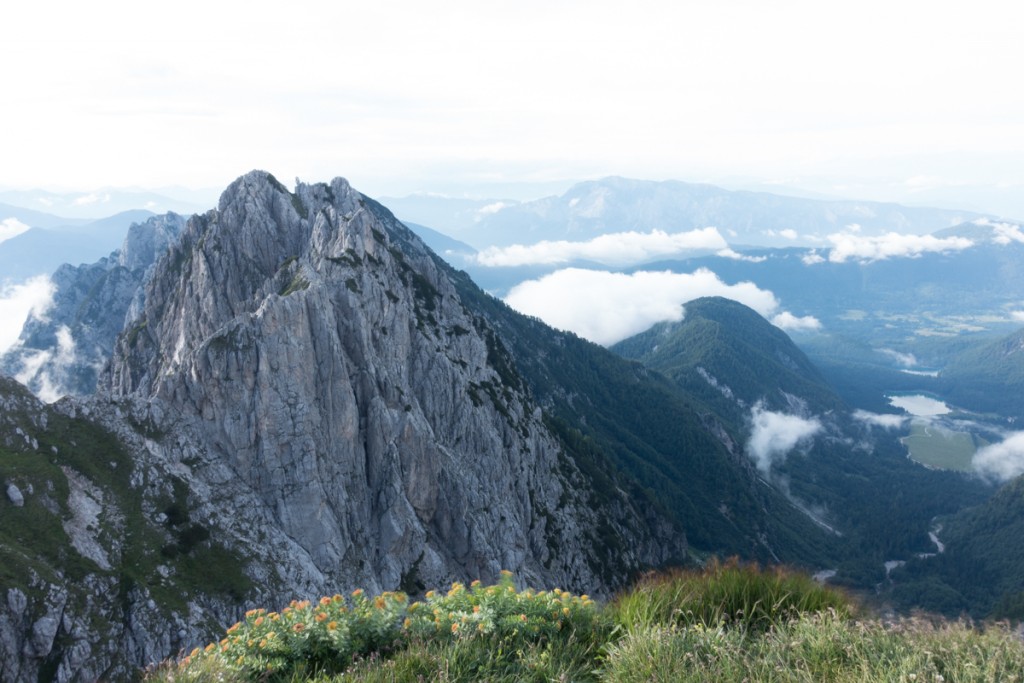
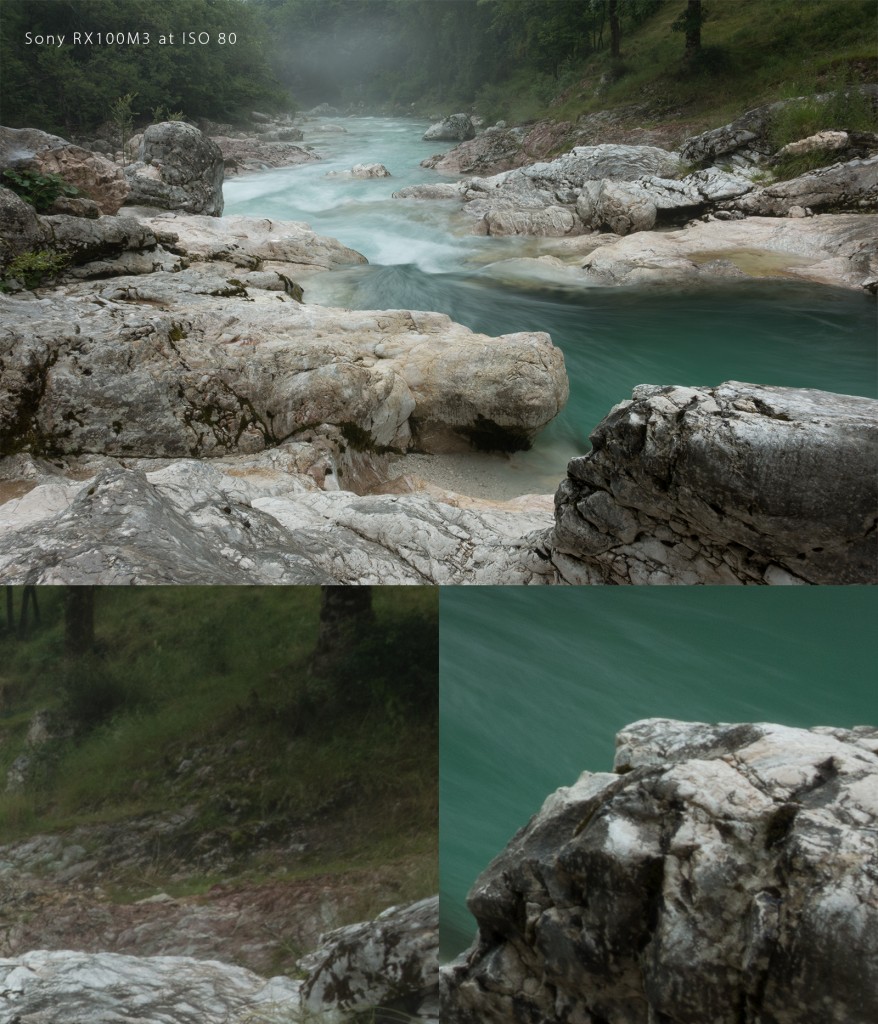
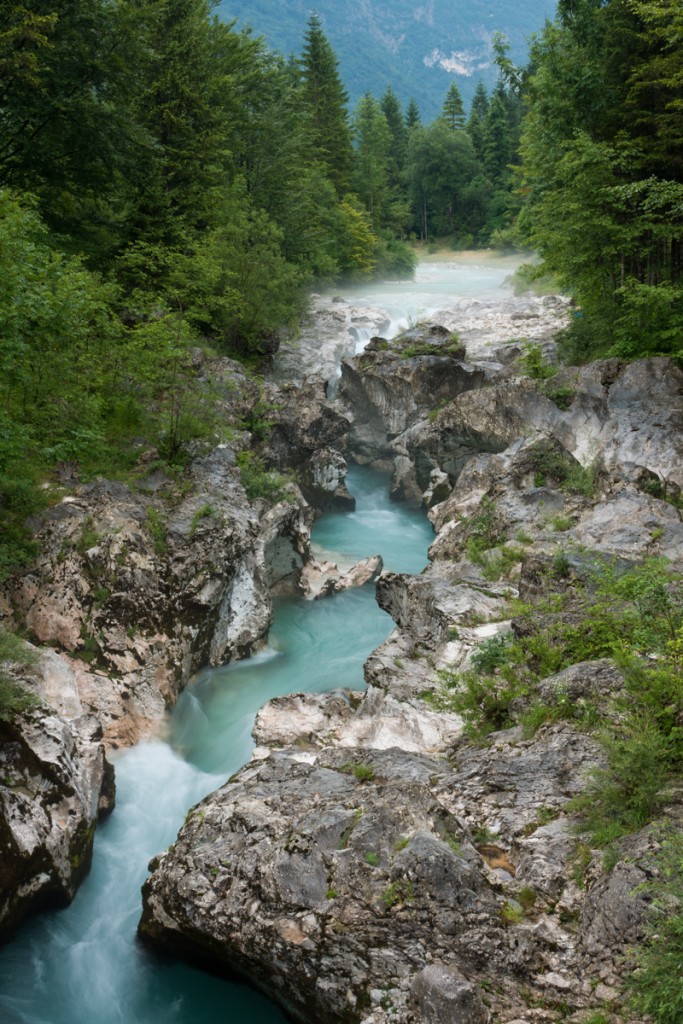
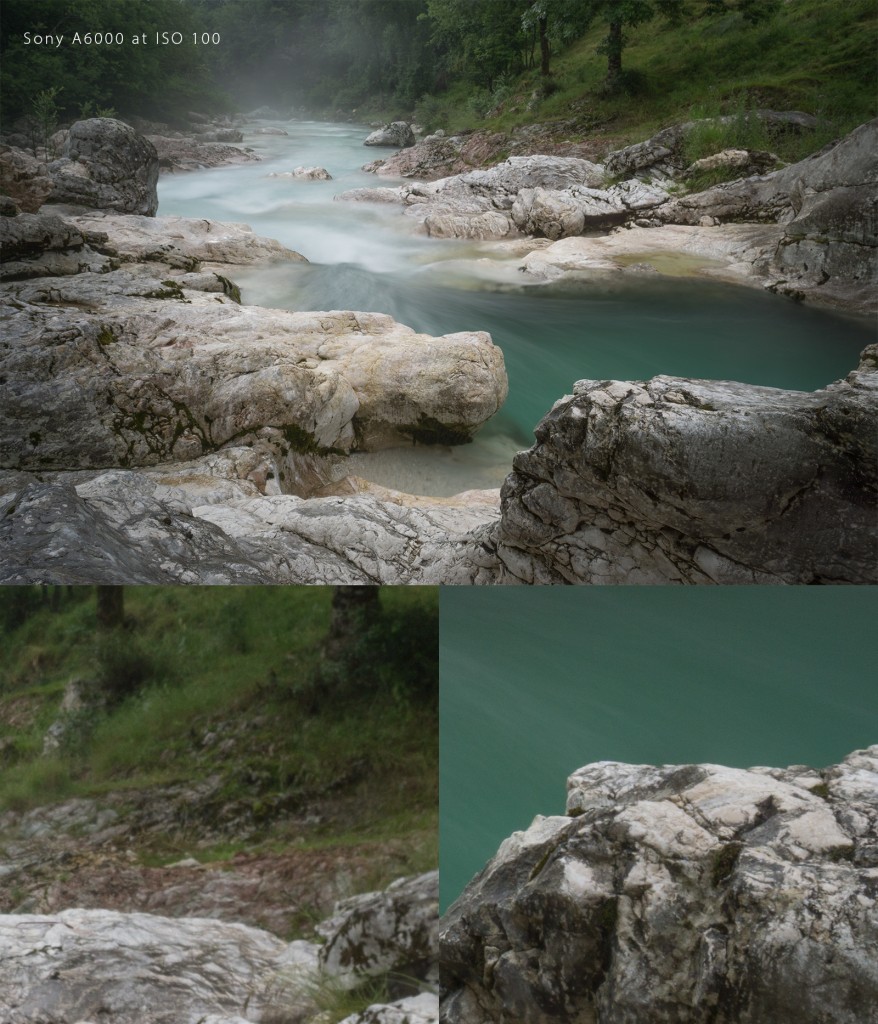


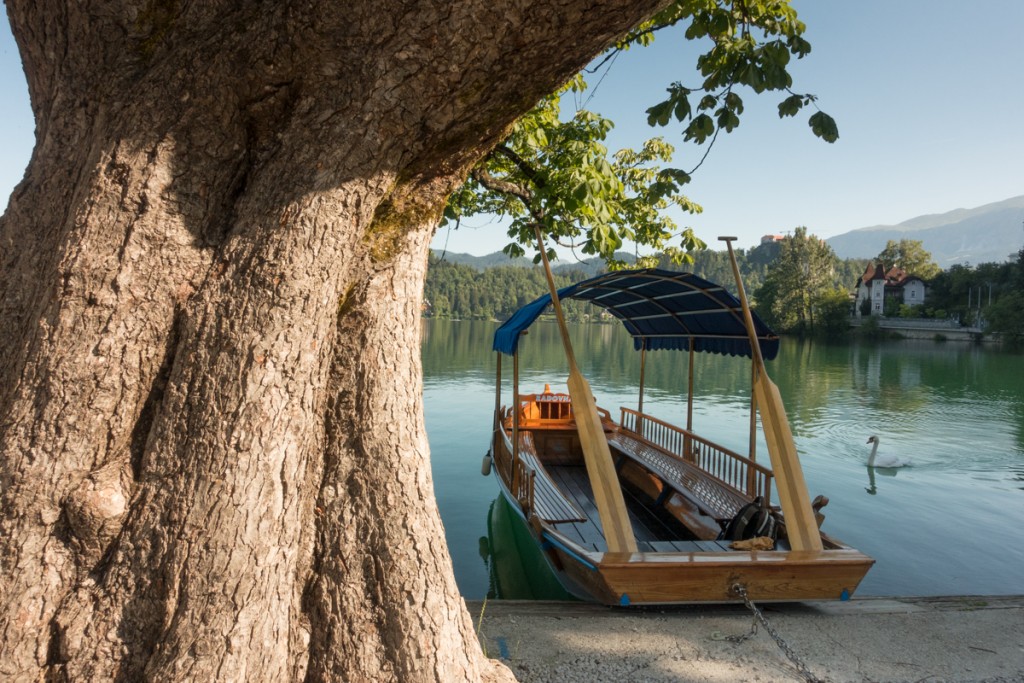
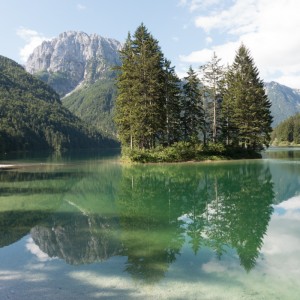
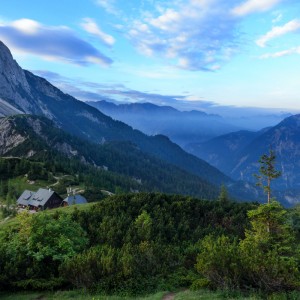
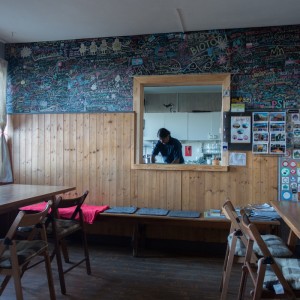
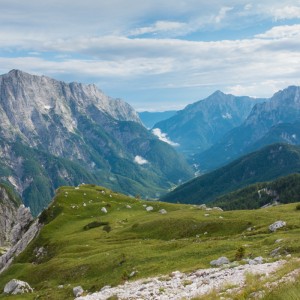
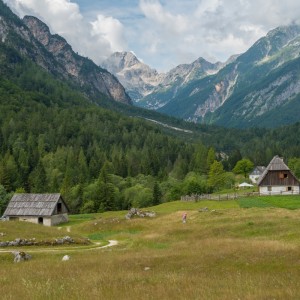
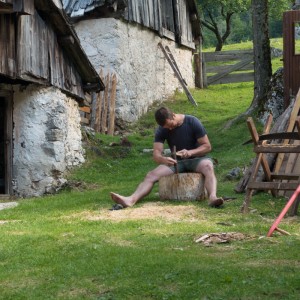
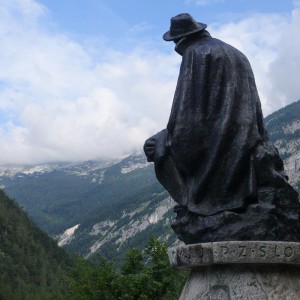
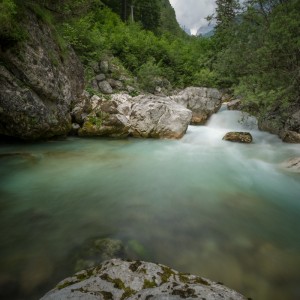
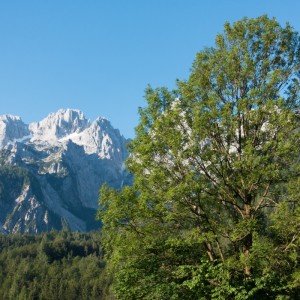
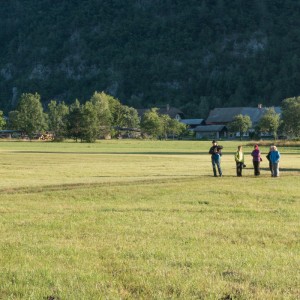
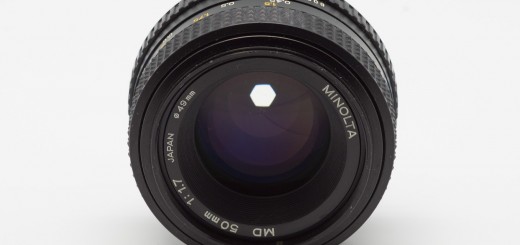
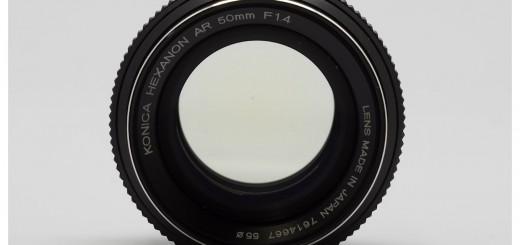
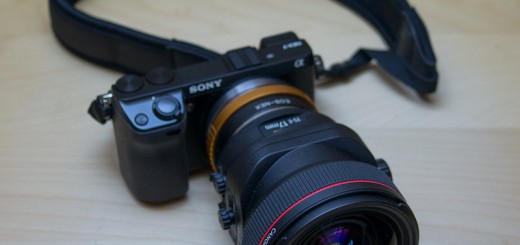













Heh heh on the RX10 conclusion. I’ll be eager to hear your conclusions about that camera.
Hi Sean,
I’ll be eager too, but so far I used only for that super slow motion video, which is indeed impressive. IQ wise it should be same as above reviewed RX 100 M III. I am curious to see how AF can help and how it works for macro.
Cheers,
Viktor
Hi Viktor, nice review and entertaining [in a good way] -as usual. I have to say that I like you processing of pictures at the end of the article- I know that Sony color management is not great [for me at least], I remember original RX100 and I did not like colors and few other things – hence I sold it and bought Canon G7x as a pocket camera- and so far so good [esp. tild lcd and touch screen]
Looking forward to your RX10II impressions.
Cau,
Rado
Ciao Rado,
meanwhile I sold my RX10II. I simply couldn’t force myself to use it enough, not even for the purpose of the review. It is very capable camera, but I am usually heavily processing my images in PS and that smaller sensor has a bit of extra noise that I didn’t like (even at base ISO). I also felt that dynamic range is reduced in comparison to larger sensors, and all that put me aside.
What I really liked was a slow motion video (but after few days you just stop to use it that often) and 4K video was also very nice in a good light. Considering the size of the camera and relatively limited possibilities for shallow DOF, it wasn’t my machine.
Hope it helps,
Cheers,
Viktor
P.S. Knowing that you also have tons of lenses, could you please check the post of this guy – Anthony – http://www.verybiglobo.com/forums/topic/superwide-options-for-a7r-and-other-alpha-bodies/
Maybe you can give him some advise based on your experience. Thanks.